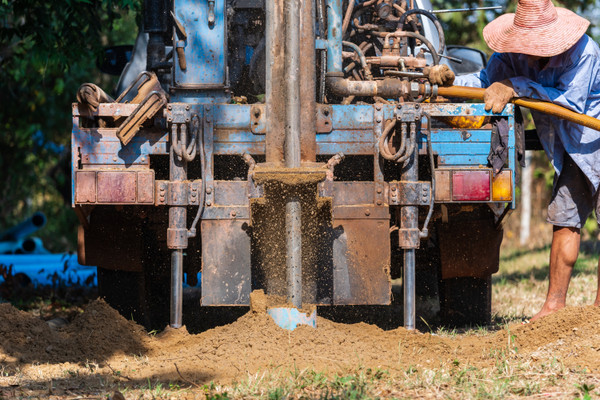Water Wells and Water Quality: What You Should Know Beneath the Surface
Aug 8th 2025
Drilling a well isn’t just about reaching water—it’s about ensuring that water is clean, safe, and reliable. Whether you're a professional well driller or a homeowner with a private well, understanding water quality is essential for long-term health and system performance.
This guide explains why water testing matters, what contaminants to watch for, and how on-site testing tools can help both professionals and consumers make informed decisions.
What Happens When You Drill a Well?
Water well drilling involves boring through soil and rock to access underground aquifers. The process includes:
- Site selection based on geology and distance from contamination sources
- Borehole creation using rotary or percussion drilling methods
- Casing installation to prevent collapse and contamination
- Grouting to seal the well and protect groundwater
- Pump installation and water quality testing before use
For a detailed breakdown of the drilling process, check out DrillerDB’s step-by-step guide.
Why Water Testing Is Essential
Groundwater may look clear, but it can contain invisible contaminants. According to the CDC, well owners should test their water at least once a year for:
- Total coliform bacteria
- Nitrates
- Total dissolved solids
- pH levels
Additional testing may be needed depending on local geology, nearby land use, or changes in taste, odor, or color.
Common Groundwater Contaminants
Contaminants can be naturally occurring or introduced by human activity. The U.S. Geological Survey lists several common threats:
|
Contaminant |
Source |
Potential Impact |
|
Iron & Manganese |
Natural minerals |
Staining, metallic taste |
|
Nitrates |
Fertilizers, septic systems |
Risk to infants (blue baby syndrome) |
|
Bacteria (E. coli) |
Animal waste, surface runoff |
Gastrointestinal illness |
|
Arsenic |
Natural deposits, industrial waste |
Carcinogenic at high levels |
|
Hardness minerals |
Limestone, dolomite |
Scale buildup, appliance damage |
|
VOCs |
Industrial solvents, fuel |
Liver/kidney damage, cancer risk |
For a full list of contaminants and their health effects, visit the EPA’s groundwater contamination page.
On-Site Testing Tools for Professionals and Homeowners
Portable water testing kits allow users to:
- Detect over 50 parameters instantly
- Make decisions during drilling or maintenance
- Track seasonal changes in water quality
- Provide transparency to clients or family members
The eXact® Micro 20 with Bluetooth® Well Driller Kit and Well eXact® EZ Photometer are examples of tools that support real-time testing and digital record keeping.
Knowledge That Builds Trust
For well drillers:
- Testing during installation provides a baseline profile
- Helps recommend filtration or treatment systems
- Enhances professionalism and client confidence
For consumers:
- Annual testing helps detect changes or contamination
- Supports health, appliance longevity, and peace of mind
- Empowers homeowners to manage their water responsibly
What You Can Do
Whether you're drilling or drinking:
- Test water at installation and at least annually
- Use certified labs or portable kits for accuracy
- Monitor after floods, droughts, or nearby construction
- Keep records to track trends and support maintenance
Water is life—and it starts deep underground. With proper testing and awareness, both professionals and homeowners can ensure that every drop is safe, clean, and reliable.

